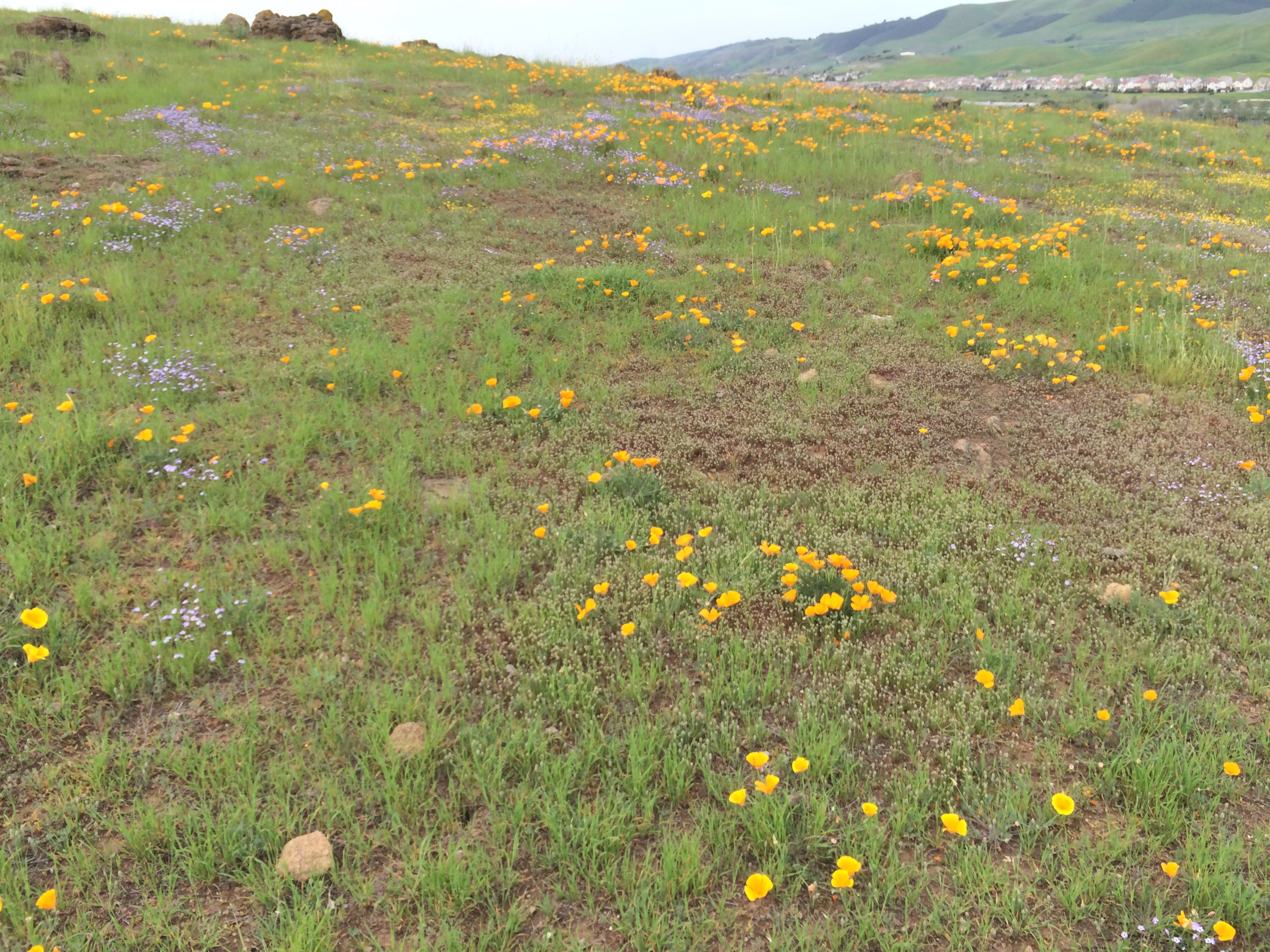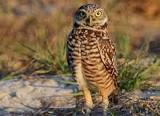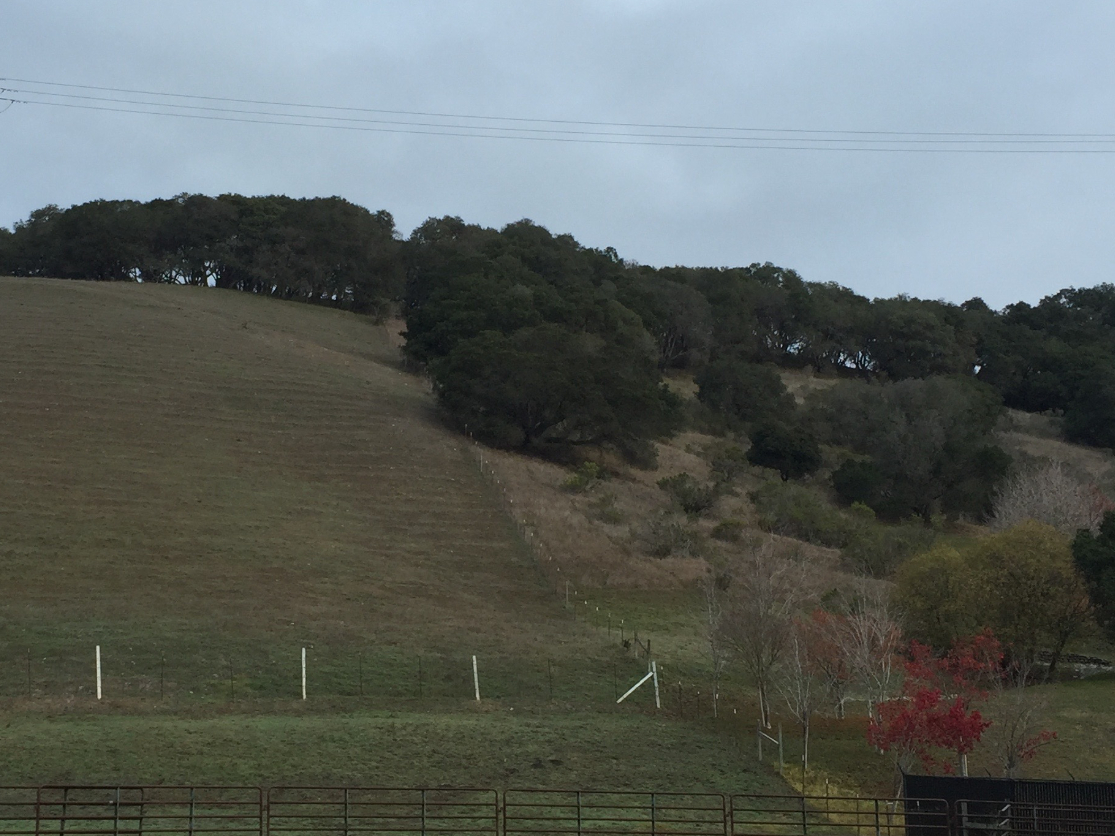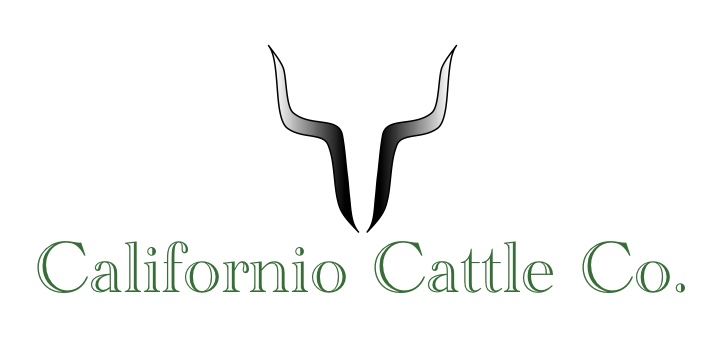Grazing and Resource management

Over 10% of California’s land area is currently Grassland. This habitat is home to many animals and plants, some threatened or endangered. The Bay Area is exceptionally rich in diversity. Before becoming one of most populated areas in the world and famously know as the Silicon Valley, it was the land of the Ohlones. French explorer Captain Jean-Francois de La Perouse said “ There is not any other country in the world which more abounds in fish and games of every description,” and “inexpressible fertility." Herds of elk or “monsters with tremendous horns” as one of early missionaries described them, grazed in such numbers that they were often compared with great herds of cattle. Pronghorn antelopes in herds of one or two hundred, or even more, dotted the grassy slopes.
As much as we value the benefit of technology created in the Silicon Valley, we recognize it came at a high price. One of the richest of lands on this planet is now covered with concrete and asphalt for business and housing. High land values caused ranches to be sold and split in small parcels to satisfy the demand of the expansion of the population. But, thanks to local agencies some lands were purchased, protected and turned into open space and parks. Many areas too small to run cattle on profitably, over time became overgrown by undesirable brush (Coyote Brush, Poison Oak) or invasive non-native plants. The consequences of this has led to the extinction of some plant and animals species, erosion and fire hazard. Land reclamation is a moral duty for us to give a chance to future generations to experience what this area has to offer and its incredible biodiversity.
 Vegetation Management
Vegetation Management
Grazing impacts the vegetation in several ways. Defoliation occurs, trampling, and the redistribution of nutrients in time and space. Through proper grazing management with periods of grazing and rest, we can favor the growth of certain endangered plants or/and reduce undesirable plants ( invasive non native) which in turn can also benefit endangered wildlife.
A tall green grass in the spring time is not necessarily a representation of healthy land. Tall grasses are generally non-natives. An example would be Wild Oat ( Avena Barbara) or Harding Grass (Phalaris aquatic). Tall grass does not allow smaller native plants to have the chance to grow properly, reducing plant diversity. This means we won't see all those beautiful Californian wild flowers.
 Wildlife management
Wildlife management
Tall, non-native grass can have a negative impact on wildlife. For example, if grass is tall, birds of prey find it more difficult to hunt. This facilitates an increase in the rodent population and allows rattle snakes to flourish. The Bay Checkerspot Butterly lives on native plants such as the Dwarf Plantain (Plantar Erecta). Grazing has helped to successfully re-introduced this plant and subsequently the butterfly. It's also been observed that elk and deer prefer to graze where cattle have already grazed.
 erosion AND FIRE control
erosion AND FIRE control
Underneath invasive plant species like Poison Oak and Coyote Brush, nothing else can grow which leaves soil bare and at risk of erosion. Residual dry matter, or "RDM" (what's left behind on the ground after grazing) when managed properly can provide a high degree of protection from soil erosion and nutrient losses.
A good native grass cover helps to slow down the water and allows better percolation of water in the ground. This ground water can be used by plants later and/or to replenish underground water storage. Also having less tall grass and brush means smaller quantities of dry matter which can be great fuel for fast moving fire. This photo illustrates land that has been grazed versus land that has been taken over by Poison Oak and Coyote Brush.
We hope that by utilizing our knowledge and resources to mange your land, you can enjoy the benefits of new plants and new animals.

